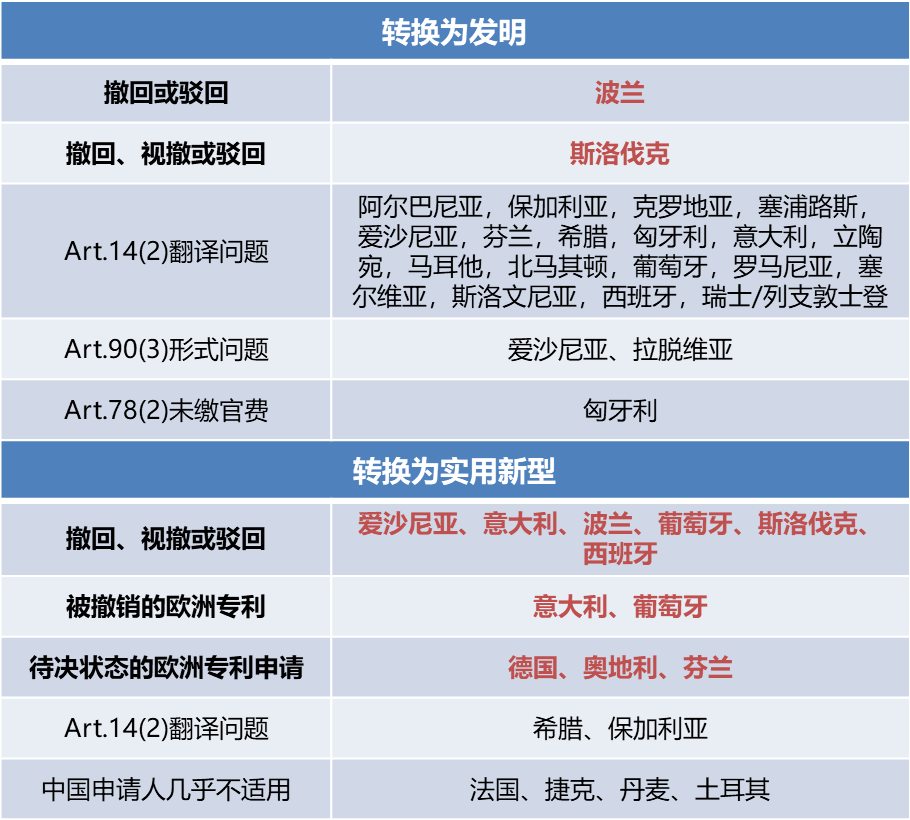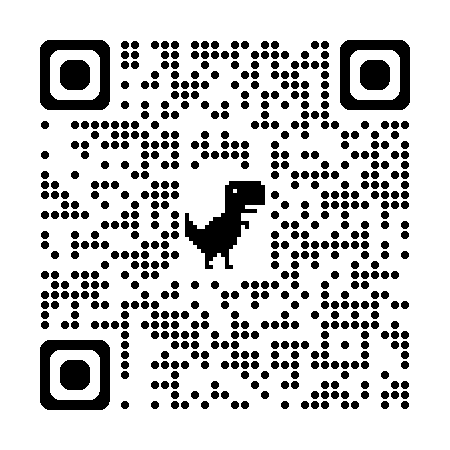By submitting a European patent application to the European Patent Office (EPO), the applicant can obtain a European patent after formal examination, search and substantive examination, and then obtain a patent right in a number of countries (including 39 contracting states, 1 extension country and 4 effective countries as of 2022) through the entry into force procedure.
Just at the beginning of last month (June 1, 2023),single European patentAlso began to enter into force, the patentee has a more efficient and unified choice in the entry into force procedure.

▲ Schematic diagram of EPO related countries

The European single patent entry into force country diagram.
However, whether it is a patent application that is uniformly examined by the EPO or a single patent that is effective in some countries in the European Union, while bringing convenience to the applicant or patentee, it is also accompanied by obvious risks. The EPO's notice of rejection of a European patent application almost blocked the applicant's access to the patent in the corresponding country, while the decision of the Single Patent Court (UPC) to revoke the single patent is effective in all relevant EU countries, which can be described as "unsuccessful and benevolent".
What we want to discuss today is how to find a resurrection path for applicants from China on the road to success. In fact, under certain conditions, a dead or dying European patent application or European patent can be converted into a national patent application in a designated Member State. In general, a Chinese applicant or patentee may choose to convert a European patent application or European patent into aPolandorSlovakiaofApplication for Invention, orIn Austria, Estonia, Finland, Germany, Italy, Poland, Portugal, Slovakia, SpainWaiting for 9 countries.utility model application.
 According to Article 135 of the European Patent Convention (EPC), under certain conditions, at the request of the applicant or patentee, European patent applications that have been withdrawn, rejected or deemed to have been withdrawn and European patents that have been revoked may be transferred to national patent applications in the designated Member States.. The basis of the law is Art. 66 EPC, which provides that a European patent application is equivalent to a domestic application in its designated Member State. The converted national application will have the same filing date and priority date as the previous European application.
A. 135 EPC Request for conversion
(1) The central industrial property office of a designated Contracting State shall, at the request of the applicant for or proprietor of a European patent, apply the procedure for the grant of a national patent in the following circumstances:
(a) where the European patent application is deemed to be withdrawn under Article 77, paragraph 3;
(b) in such other cases as are provided for by the national law, in which the European patent application is refused or withdrawn or deemed to be withdrawn, or the European patent is revoked under this Convention.
According to Article 135 of the European Patent Convention (EPC), under certain conditions, at the request of the applicant or patentee, European patent applications that have been withdrawn, rejected or deemed to have been withdrawn and European patents that have been revoked may be transferred to national patent applications in the designated Member States.. The basis of the law is Art. 66 EPC, which provides that a European patent application is equivalent to a domestic application in its designated Member State. The converted national application will have the same filing date and priority date as the previous European application.
A. 135 EPC Request for conversion
(1) The central industrial property office of a designated Contracting State shall, at the request of the applicant for or proprietor of a European patent, apply the procedure for the grant of a national patent in the following circumstances:
(a) where the European patent application is deemed to be withdrawn under Article 77, paragraph 3;
(b) in such other cases as are provided for by the national law, in which the European patent application is refused or withdrawn or deemed to be withdrawn, or the European patent is revoked under this Convention.
For most Chinese applicants, onlyArt. 135(1)(B) (European patent application withdrawn, rejected or deemed withdrawn, and European patent revoked)is meaningful, and based on Art. A European patent application deemed withdrawn by 135(1)(a)(in respect of a European application filed in a Member State of the EPO) is essentially inapplicable. Therefore, this paper focuses on Art. Application of 135(1)(B).


For art. 135(1)(B) applies when the European patent application or the European patent dies (① the patent application is withdrawn; ② the notice of deemed withdrawal is received; ③ the notice of rejection is received; ④ the notice of revocation is received)Within three months, submit a conversion request to the EPO and pay the corresponding conversion fee (85 euros, April 1, 2023). Thereafter, the EPO forwards the conversion request to the Office of the respective Member State, and the applicant is required to pay the national patent application fee and submit the corresponding translation of the application document within the next two months (Art.135(3)).


For art. 135 the application of (1)(B), although the EPC has made a general limit to the rules, but specific countries can still make corresponding policies based on their own national conditions. Based on the past experience, combined with the provisions of the corresponding laws and regulations and the opinions of the cooperative law firms, the author makes some summary of the application of some countries from the perspective of the reasons for acceptance and the type of patent, for the reference of Chinese applicants.
The most common situation encountered by Chinese applicants, that is, what options can be made when they realize that the prospect of authorization of a patent application is not good after receiving a search report or examination opinion issued by the EPO?
I. Application for invention in Poland or Slovakia
Poland and Slovakia accepted based on Art. 135(1)(B) conversion request, without specifically limiting the reason for withdrawal, withdrawal or rejection. Specifically:
For Poland, according to Art. 5(1) the provisions of EPAL, be Withdrawal or RejectionAll European patent applications can be converted into Polish invention applications.
For Slovakia, under § 61(1)PA, Art. 135(1)(a)(B) EPC can be applied, implying be Rejection, withdrawal or deemed withdrawalA European patent application or a revoked European patent may request conversion to a Slovak invention application.
In addition, both Poland and Slovakia have utility model regimes and both accept European patent applications for conversion to utility models. specifically, be Rejection, withdrawal or deemed withdrawalThe European patent application can be converted into a Polish utility model application; and based on the provisions of § 36UM, the European patent application can be converted into a Slovak utility model application.
Austria, Estonia, Finland, Germany, Italy, Poland, Portugal, Slovakia, SpainAll are countries that can be converted to utility models when the prospect of European patent application authorization is low, of which:
Austria, FinlandNeed to be converted into a utility model based on a pending European patent application;
And Italy and PortugalIn other words, not only invalid European patent applications can be converted, but also revoked European patents can be converted into utility models.
Generally speaking, for countries that have a utility model system and have lower creative requirements for utility models than inventions, they will generally accept a failed European patent application to be converted into a corresponding utility model, but for Chinese applicants, the applicable situation will be reduced, and Chinese applicants can reconfirm the specific countries of interest. For example, Czech Republic, Denmark, Turkey, FranceAlthough such countries have utility model systems, they do not apply to Art. Paragraph 135(1)(B) is therefore not applicable to Chinese applicants. And Greece, BulgariaAlthough applicable to Art. 135 paragraph (1)(B), but only if, as a result of Art. 14(2) Related translation issues are converted, so it cannot be applied to Chinese applicants in most cases.
GermanyAlthough the utility model cannot be based on Art. 135(1)(a)(B) is converted by a European invention application, but may be based on a prior application valid in Germany (e. g. a German invention patent application, a European patent application designated in Germany or a PCT application) and after the corresponding application is pending (e. g. rejected, withdrawn, deemed withdrawn or the expiration of the PCT entry period) Within two months(at the latest within 10 years after the application date of the earlier application) to separate the German utility model. Therefore, when the prospect of European patent application authorization is low, Chinese applicants can still use German utility models as one of the options, but it should be noted that the corresponding procedures are carried out directly in the German Patent Office, and the time limit is also different. In fact, the German utility model is registered and the object of protection is broader than that of China, which is very meaningful for the protection of patent rights in Germany. Combined with the special status of the German market in the EU countries, the German utility model can be considered as a conventional choice for Chinese applicants, and we will introduce it separately in a future article.
If a Chinese applicant's patent application is withdrawn due to negligence or other reasons (e. g. The translation is not submitted in time or the official fee is not paid in time.etc.), although this is relatively rare, but if there is still can be converted to the national phase of the application.
Specifically, failing to satisfy Art. 14(2) The following countries may accept the conversion of a European patent application into a national application if a translation of the application in the official language (English, French or German) is submitted on time: Albania, Bulgaria, Croatia, Cyprus, Estonia, Finland, Greece, Hungary, Italy, Lithuania, Malta, North Macedonia, Portugal, Romania, Serbia, Slovenia, Spain, Switzerland/Liechtenstein.
Further, Estonia and Latvia are not satisfied with Art. The formal examination of paragraph 90(3) and the European patent application withdrawn by Hungary for non-payment of the corresponding official fee (Art.78(2)) can be converted into an invention application for the corresponding national phase.

Contributor: Feng Shangjie
Editor: Huang Jingyi
Disclaimer: The article only represents the author's point of view, does not represent the position of the public, nor is it a legal opinion. Some pictures from the network, if there is infringement, please contact delete. Welcome to forward. Reprint please indicate the source.













